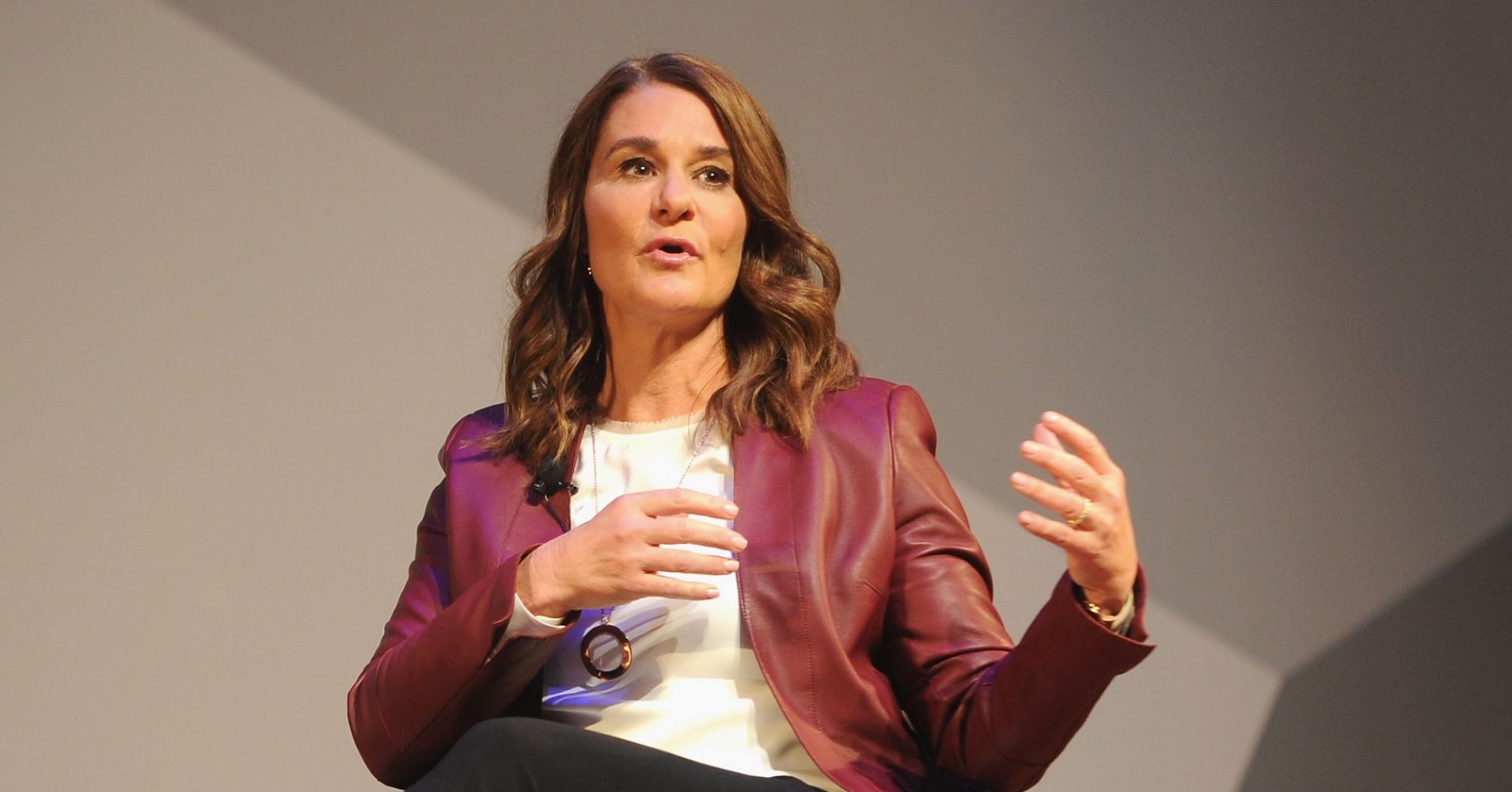How to get more women go mobile — Melinda Gates
Mobile phones are most powerful in the hands of the world’s poorest women, and countries should improve financial digital literacy to ensure more women get it. If that sounds a little complicated, ask Melinda Gates, co-founder of the Bill & Melinda Gates Foundation. You can now do almost everything you already do on a mobile […]

Melinda Gates
Mobile phones are most powerful in the hands of the world’s poorest women, and countries should improve financial digital literacy to ensure more women get it.
If that sounds a little complicated, ask Melinda Gates, co-founder of the Bill & Melinda Gates Foundation.
You can now do almost everything you already do on a mobile phone, but for a marginalised woman, a mobile phone can help her build an “entirely new life,” says Gates in the 2019 Gates Letter.
Getting connected is one solution to being marginalised, she reasons.
Mobile banking offers a foothold in the formal economy, and for a woman who has never set foot in a bank, it is a chance at financial independence.
Several apps and services built into phones help women connect their own petty trades and services to customers, get training and organise professionally—all from their home.
But huge gaps exist between men and women with regards to how many own a mobile phone and how many are connected on the internet.
Women are 40% less likely to have used the internet, compared against men—and that’s regardless of their age, education, wealth or location.
Getting more women going mobile and connected isn’t a wish to be left to market demand and supply, Gates told Daily Trust in a teleconference ahead of the launch of the Letter.
“We’ll certainly get to some women but what we need to do is help women with digital financial literacy.
“We also need to make sure that the cellphone companies are making their interfaces so that they are welcoming to women and so that if a woman is not even quite literate herself—there’s a huge illiteracy rate as you know in Nigeria—that she still understand the phone well enough to believe in it, have a confidence in it and use it.
“There’s a lot that can be done and, quite honestly, needs to be at the local level when women are signed up to go out into the villages and actually reach them. But then also, to help give them digital learning so that they understand, ‘Hey, this is safe. This is how you use them.’ Step it through.” She said.
